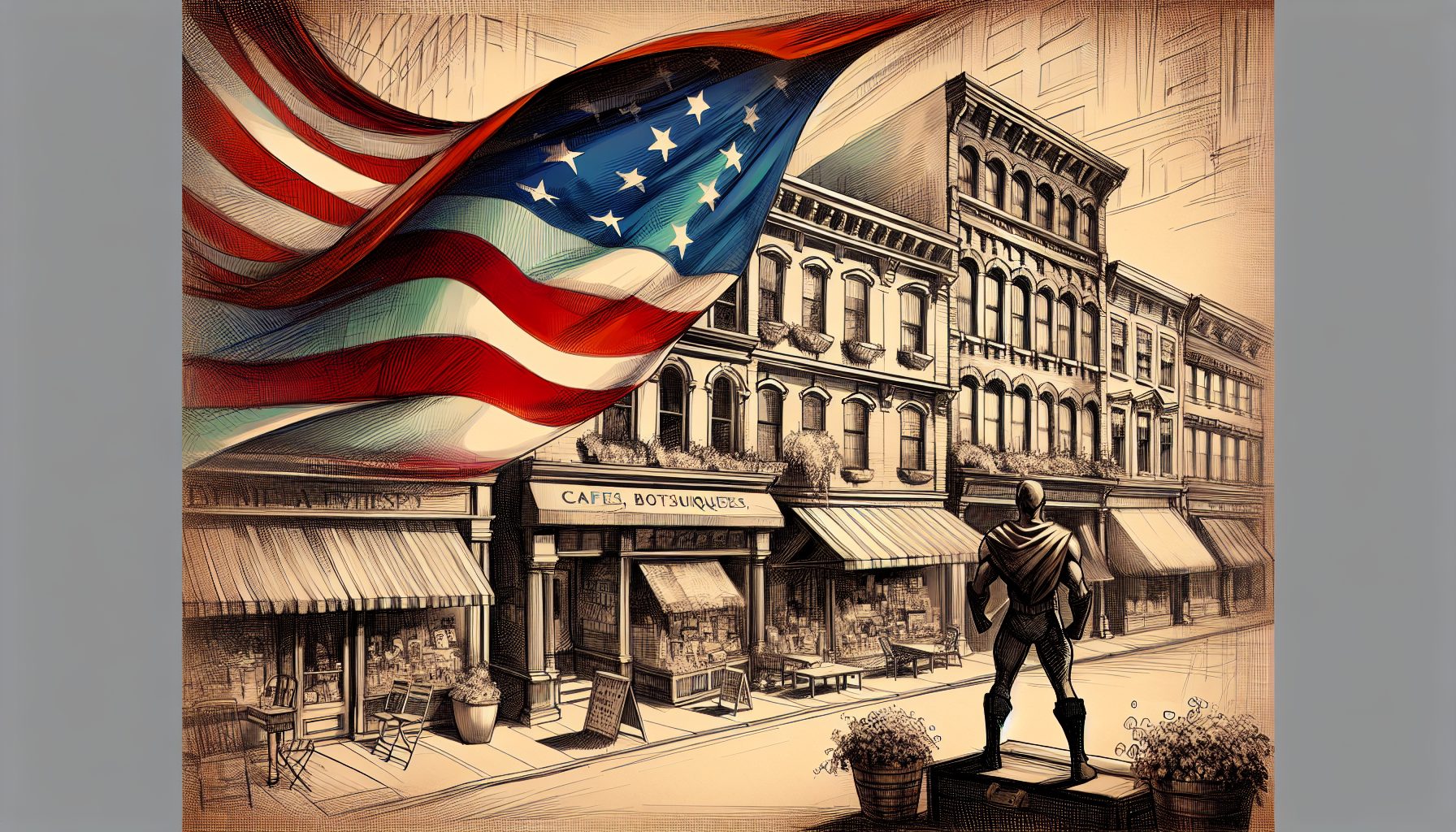It’s been 10 years since Clayton Christensen took a hard look at the innovation that separates business winners and losers, coining a new term in the process: disruptive.
“Disruptive technologies bring to market a very different value proposition than had been available previously,” the Harvard scholar and business expert wrote in The Innovator’s Dilemma. Disruptors offer features that new customers value and “are typically cheaper, simpler, smaller [or] more convenient to use.”
As can be gleaned from its title, Christensen’s book makes the point that disruptive activity is as likely to bring pain and hardship to the innovator—at least in the near term—as it is to result in fame and riches.
For change that, by definition, needs to be simple, cheap and revolutionary, disruption is hard work. Small wonder so few companies ever make the effort. The majority are the ones disrupted: banks and newspapers that couldn’t imagine what ubiquitous Internet access meant to them; music companies that fought downloading; telecoms that missed the signals of 802.11 wireless technologies; airlines that couldn’t imagine simple discount routes and e-commerce initiatives.
*Watch a video intro from Baseline editors on disruptive forces.
But this report is not about them. This is about the companies that dare to innovate despite disruption’s often rocky road. Baseline, in consultation with market analysts and business leaders, compiled this list of companies that exemplify what Nerac analyst David Fazzina calls, “People who follow their own dreams despite lack of popular support and even if their ideas are not considered the latest buzz.”
Tracking these dreamers in real time is no easy feat, since most real innovation—like love or economic recession—can’t be recognized until it’s past. While disruption often can’t be predicted, educated guesses can be made and monitored, according to experts such as IBM’s Innovation Services manager
Ruoyi Zhou. Under the right circumstances, she says, you can get a sense of what might be disruptive before it happens.
Sometimes the best way to spot an innovator is by what they don’t do, namely follow the leader. Southwest Airlines, for example, did not copy the airline industry’s leading players and provide first-class service and maintain a heterogeneous fleet. Instead, Southwest made one type of plane work for all flights, treated all passengers as equals and limited ticket sales to its own Web site.
It’s that sort of radical thinking that lets disruptive companies offer consumers what they need the most: a maximizing of their time and money, analysts point out. What the companies get in return is greater profit. When Apple improved the interactive response of its iPhone, for example, the company was rewarded with higher margins in a largely commoditized market.
*See the slide show: Disruptive Forces: The 25 Companies Who Shake IT Up
Not everyone gets it the first time around. For some companies on our list, getting caught flat-footed served as a wake-up call. Such was the case at LG Electronics. The company finally dropped older products like VCRs and pushed hard to improve revenues from the newer products in its arsenal. It moved from laggard to leader in consumer electronics, with dividends in the form of higher prices and increased profitability.
If you’re not churning out the next disruptive technology yourself, the best—and easiest—way to get on board with those shaking up the market is to be a trusted source, say some experts.
“Since [innovators] are in uncharted waters, any support in ‘navigation’ will help them, and make you [as a trusted source] part of the effort,” Nerac’s Fazzina says. “They get additional resources from you, and you get indoctrinated in innovative thinking.
“If you approach innovation with a similar mindset or attitude, the tendency is to be welcomed into the group. If, on the other hand, you’re crying out, ‘Come back to shore, you could get lost or fall off the edge,’ you may not be engaged.”








